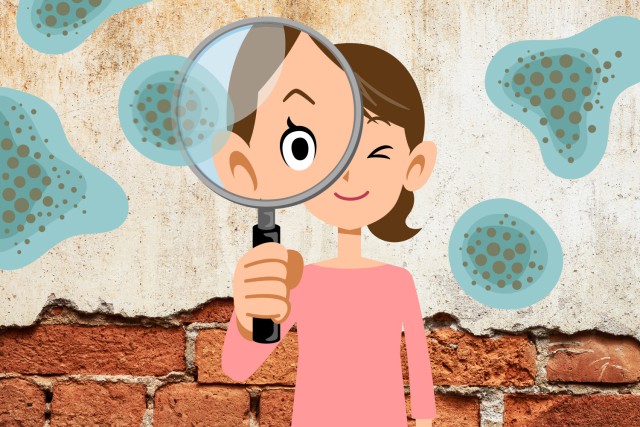Introduction
Unsightly marks and stains are often indicators of mould in your home, but there are other signs to look out for. Mould can be hidden in various places around your home, making it more dangerous as it can go unnoticed and untreated. In addition to causing respiratory issues and headaches, mould can be exacerbated by everyday tasks like drying clothes indoors and not opening windows frequently. Luke Smith, managing director at Build Test Solutions, explains that there are tools available to detect hidden mould, but there are also steps you can take yourself.
Condensation on your windows
Condensation on windows can lead to damp, so it's important to ensure adequate ventilation and airflow in higher-risk areas like bathrooms and kitchens. Check if your window trickle vents are open to maintain proper ventilation without losing heat.
Paint and wallpaper bubbles
If you notice paint bubbling or wallpaper peeling, it could be a sign that moisture has caused mould to develop. To check if mould is present, you'll need to strip the paint or remove the wallpaper. Make sure to investigate the cause of the mould, such as damp patches, inadequate heating or ventilation, or poor insulation.
Use technology
Set up low-cost temperature and humidity sensors in your home to assess the risk of mould formation. These sensors can provide overall mould risk scores and individual room assessments using a colour-coded system. They monitor temperature and humidity levels and alert you to drastic drops or high levels that can lead to damp and mould.
Surface discolouration
Water damage can leave marks or discolouration on surfaces, indicating areas where water and moisture are impacting the surface and where mould may develop in the future. Run your fingers along surfaces and if they feel clammy, further investigation is needed to address the moisture or damp issue.
Showers and kitchens
Bathrooms and kitchens are high-risk areas for mould and condensation. When using the shower or bath, turn on the extractor fan and leave it on for a few minutes after use. Close the bathroom door to allow the ventilation fan to effectively manage the high humidity. When cooking, open a window or use the extractor fan. Using pan lids can help contain moisture and prevent it from causing problems.
Removing visible mould
If you can see mould, you can remove it using a mixture of four parts water and one part bleach. Apply the solution to the affected areas and scrub firmly with a stiff brush. Rinse thoroughly and pat dry the area, allowing it to completely dry before moving furniture or placing items in front of it.
By being aware of these little-known signs and taking necessary precautions, you can detect hidden mould in your home and prevent its harmful effects on your health and living environment.
Did you miss our previous article…
https://hellofaread.com/money/how-to-save-money-at-the-supermarket/








